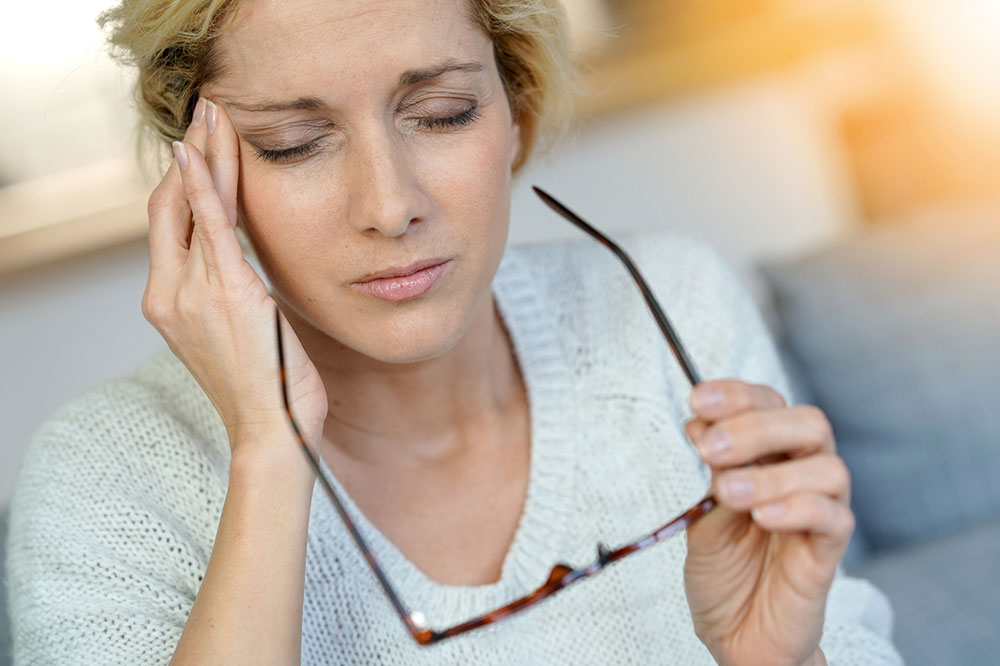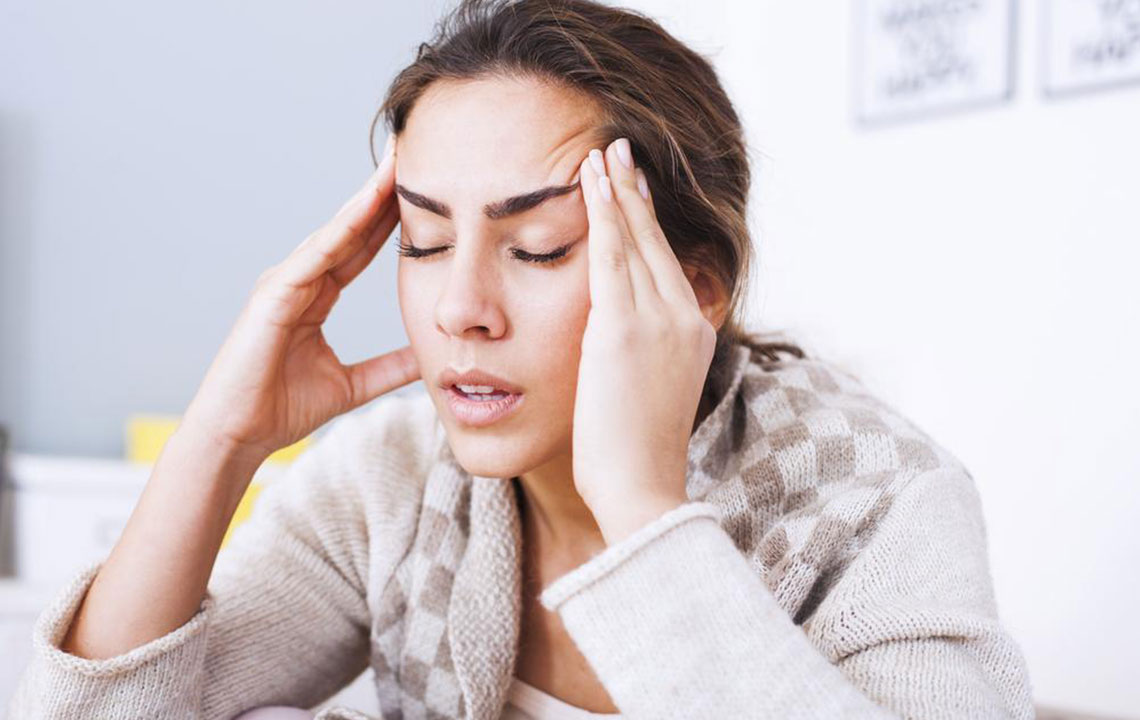Understanding Odor-Triggered Migraines: Common Questions and Effective Management Strategies
This comprehensive guide explores the connection between odors and migraines, focusing on osmophobia, common triggers, and practical prevention strategies. Understanding these factors can help migraine sufferers effectively manage their symptoms and improve their quality of life. The article highlights the importance of identifying personal triggers, improving air quality, and adopting healthy lifestyle habits to minimize odor-induced migraine episodes.

Understanding Odor-Triggered Migraines: Common Questions and Effective Management Strategies
Migraines are complex neurological events that can be triggered by a variety of factors, including dietary choices, stress, hormonal changes, and environmental stimuli. Among these, one of the less obvious yet highly impactful triggers is exposure to certain odors. People who suffer from migraines often find that specific smells can intensify their symptoms or even precipitate an attack. This phenomenon is largely attributed to a condition known as osmophobia, an increased sensitivity to smells frequently observed in migraine sufferers. While the scientific community continues to study the precise mechanisms behind osmophobia, understanding its role and identifying everyday triggers can empower individuals to better manage their symptoms and improve their quality of life.
1. What exactly is osmophobia, and how is it connected to migraines?
Osmophobia refers to an abnormally heightened sense of smell or intense discomfort and aversion to certain odors. It is notably common among those experiencing frequent or severe migraines. Many migraine patients report that exposure to specific fragrances, fumes, or airborne particles exacerbates their headache symptoms. Research indicates that osmophobia may be a neurological response involving the brain’s olfactory pathways, which are often overactive or hyper-responsive in migraine sufferers. This condition is frequently seen in individuals with a long history of migraines and is considered both a sensory hypersensitivity and a potential predictor of migraine attacks.
2. What causes osmophobia, and why do some people experience it more than others?
The underlying cause of osmophobia in migraine sufferers appears to be linked to structural differences within the brain, particularly the olfactory bulb—a small but vital part of the brain responsible for processing smells. Studies have shown that individuals prone to migraines often have a smaller or less developed olfactory bulb, which might contribute to their hypersensitivity to certain odors. This neurological peculiarity can lead to an exaggerated response to smells, setting off a cascade of neural events that culminate in a migraine attack. Additionally, genetic factors, environmental influences, and individual health conditions may modulate the severity and prevalence of osmophobia among migraine patients.
3. Which specific odors tend to trigger migraines most often?
While triggers can vary greatly from person to person, certain odors are commonly associated with provoking migraine episodes in susceptible individuals. These include:
Paint fumes—especially those from oil-based or spray paints
Household cleaning products like bleach, ammonia, and strong detergents
Automobile exhaust and gasoline fumes
Cigarette smoke and other tobacco-related odors
Food-related smells such as strong spices, fried foods, or processed snacks
Nail polish and acetone fumes
Pesticides used in gardening or pest control
Carpets, new furniture, or leather products with strong chemical odors
Cleaning agents and air fresheners with synthetic fragrances
Recognizing and avoiding these odors can be crucial for migraine prevention in sensitive individuals. It is often a case of trial and error to identify personal triggers, which can vary widely among patients.
4. What strategies can help prevent or reduce odor-triggered migraines?
Managing exposure to potential odor triggers is vital for individuals suffering from odor-induced migraines. Here are practical tips and lifestyle modifications that can significantly reduce the frequency and severity of migraines related to odors:
Identify personal triggers
Keep a detailed migraine diary to track your symptoms and identify specific odors or environmental factors that seem to trigger attacks.
Improve indoor air quality
Use air purifiers, open windows, and ensure adequate ventilation to dilute and disperse strong or irritating smells within your living or working spaces.
Minimize exposure during activities
When handling strong-smelling substances like cleaning chemicals or paint, wear masks or work in well-ventilated areas.
Make lifestyle changes
Avoid known triggers such as smoking, certain foods, or chemical-laden products. Quitting smoking can markedly reduce exposure to cigarette smoke—a common trigger.
Manage stress and maintain overall health
Regular physical activity, sufficient sleep, hydration, and relaxation techniques can all help decrease overall migraine frequency and improve sensory tolerance.
Consult healthcare professionals
Strategies such as medication management, behavioral therapy, or sensory desensitization techniques can provide additional support for managing osmophobia-related migraines.
While complete avoidance of all odors may not be feasible, adopting these strategies can empower individuals to navigate their environments more safely and reduce the impact of triggers on their health. Awareness, proactive management, and professional guidance form the cornerstone of effective migraine control.





